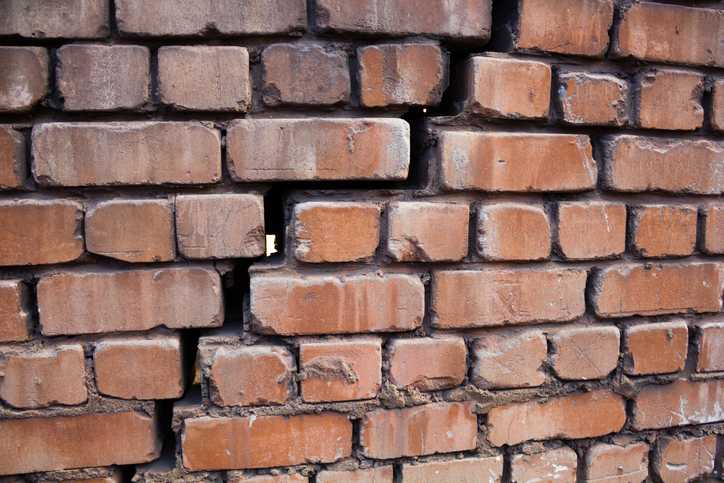What is Building Envelope Failure Analysis?
A building envelope failure can have drastic consequences, from expensive property damage to fatal injuries. Determining the cause of a failure — whether it’s anything from a foundation failure to a roof collapse – is central to litigation or arbitration cases that address these losses so the at-fault parties are held liable.
Building envelope consultants who specialize in forensic science are trained to help resolve the central mysteries of where a building envelope design could have caused a failure. Forensic analysis experts rely on scientific principles, testing standards, and high-tech equipment to complete a failure analysis that helps litigants settle liability claims.
What is a building envelope?
Properly designed, the building envelope provides a watertight structure that protects people and property. Building envelope can be weakened when moisture seeps through gaps or holes and can cause mold, mildew, and corrosion that undermine interior support structures and lead to foundation failures. In addition, persistent winds can gradually degrade walls and compromise the overall structure.
The building envelope starts at the foundation, keeping out groundwater, and extends up the walls to the roof, blocking rainwater and humidity. A building envelope failure can cause a roof collapse or other structural failures. It also might allow flooding in basements that can lead to mold damage around above-ground walls.
Mold, rust, and other water-intrusion risks can weaken a structure and enable the spread of pathogens. Forensic engineering allows experts to analyze how these intruders might cause the damage. Their studies focus on finding the defects that caused the damage, assessing the root cause, and identifying what caused the problem to occur.
Process of examining a building envelope failure
A root-cause failure analysis examines the failed components, assemblies, and subsystems that produced damages. It usually has four phases:
- Document review. Forensic engineers must understand how the building was put together. They examine construction documents and other records to ensure they know the building’s materials and construction methods. They also need to know the chemical and molecular structures of the building materials.
- Visual inspection. Forensic engineers visit the site and take high-resolution photographs of the damage. They scan closely for signs of stress or breakage. Unmanned Aerial Vehicles (UAVs, or drones) use high-resolution video to document damage across a large building site that may have hazardous or hard-to-access areas. For example, drone roof inspections can eliminate much of the hassle and danger of traditional inspections.
- Infrared thermal imaging. Sophisticated imaging devices help forensic engineers identify moisture-laden materials or places where water can enter a structure.
- Final report. The engineers summarize their findings in a report explaining their processes and report their findings and conclusions.
Bringing these four factors together to help litigants reach an agreement requires considerable skill and experience. From the site of the mishap to the laboratory and to the courtroom as an expert witness, forensic engineers are trained to put aside any assumptions about what may have caused the failure and work to identify the evidence at hand.
CTL’s advantage in building envelope failure analysis
CTL Engineering has decades of experience examining construction sites and conducting comprehensive laboratory testing. We have FAA-licensed aerial drone pilots with a diverse portfolio of building envelope examinations to their credit. Our engineers have proven courtroom experience providing evidence-based findings, providing science-backed testimony to cases big and small. We work for plaintiffs and defendants alike to ensure we’re not biased toward only one side in legal disputes.
As expert witnesses in building envelope litigation, we do not speculate on the cause of incidents. We provide science-backed evidence based on proven methods accepted by global standards organizations. Our dedication to the core principles of forensic engineering gives our clients a credible, persuasive ally in the courtroom.
We also conduct seminars on building envelope design and maintenance to help our clients stay out of court. We also provide forensic engineering lab services for other experts who need specific testing or consultation on their cases.
When a roof or similar building envelope failure leads to litigation, the outcome often boils down to who has the most accurate and persuasive evidence of culpability. To arrive at a just settlement, you must have accurate information based on a scientific approach.
Related articles:
7 ways drones make building inspections faster, cheaper, and safer
How CTL failure analysis experts solve mysteries big and small

